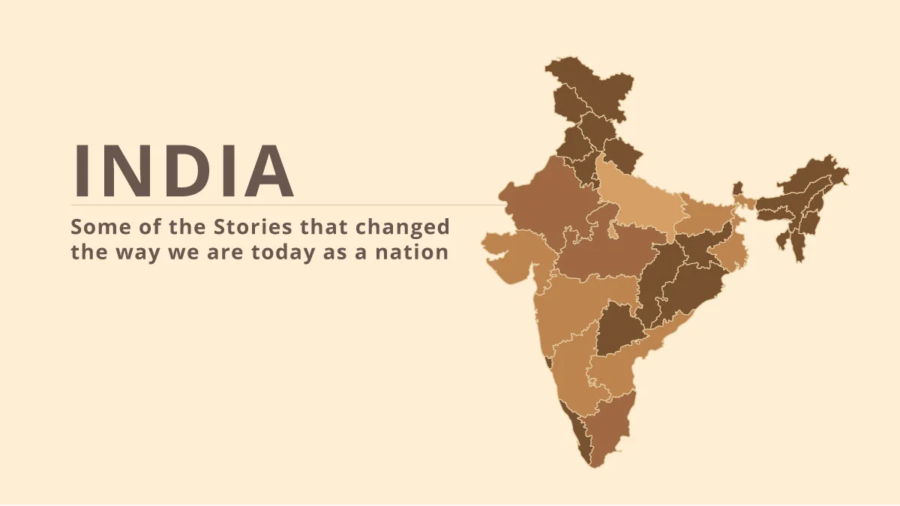Before the 1980s, criminal sexual violence in India was only understood through rape. It was only in the 1980s when sexual violence (such as sexual harassment) also started getting recognized. Below are some of the case laws that have shaped our nation:
In the case of Ram Das vs. State of West Bengal, AIR 1954 SC 711 before the Supreme Court of India a lady complained that she was sitting in the train and a man came and fought with her, kicked and abused her. The question before Supreme Court was whether this was outraging the modesty of a woman. Supreme Court held that the act of the man was to secure the berth of train and not to outrage the modesty of women.
In a 1991 case before Supreme Court. State of Maharashtra vs. Madhukar N. Mardikar, (1991) 1 SCC 57, it held that lack of chastity of a woman does not make her open to any and every person to violate her person as and when he wishes. She is entitled to protect her person if there is an attempt to violate her person against her wish. She is equally entitled to the protection of law. Therefore merely because she is of easy virtue, her evidence cannot be thrown overboard.
In a 1995 case before Supreme Court, Mrs. Rupan Deol Bajaj, I.A.S. vs. Kanwar Pal Singh Gill, 1995 SCC (6) 194, the facts that were presented were that a senior IAS officer invited some IAS and IPS officer working at Chandigarh, for a dinner at his residence. The guests assembled around 8.30 p.m. Ladies were sitting in a semi-circle slightly away from the male guests. The husband of the prosecutrix alleged that the accused, who was then the Director General of Police of the State of Punjab, came and occupied a chair which was lying vacant at the place where the ladies were sitting. He then called out the prosecutrix and asked her to sit near him as he wanted to talk to her about something. When she was about to sit on the chair lying near the accused, the latter suddenly pulled the chair close to him. She managed to pull the chair back and sat on it. The accused again tried to pull the chair close to his chair whereupon the prosecutrix got up from the chair and returned to her original seat. About ten minutes later, he came near her and asked her to come along with him, to which the prosecutrix strongly objected and tried to get away from the place whereupon the accused slapped on the posterior of the prosecutrix in the presence of other guests. This case became one of the most famous ones of the time due to the stand taken by the Supreme Court. It held that there is nothing to suggest that the prosecutrix acted in connivance with some others and that she hatched a conspiracy to malign the accused. This act by accused clearly fell under Section 354. It also allowed a compensation of Rs. 2 Lakhs.
In 1997, Supreme Court passed its landmark judgment which became the basis of the law that we have today. This was called Vishaka vs. State of Rajasthan, AIR 1997 SC 3011. This petition was filed as a result of a class action by certain social activists and NGOs with the aim of focusing attention towards prevention of sexual harassment of working women. The immediate cause of filing this petition was an incident of alleged brutal gang rape of a social worker in a village of Rajasthan. In light of absence of any law, Supreme Court laid down guidelines and norms for observation by all employers.
 Cart is empty
Cart is empty




its nice to know about when its stared and how to go about that legally